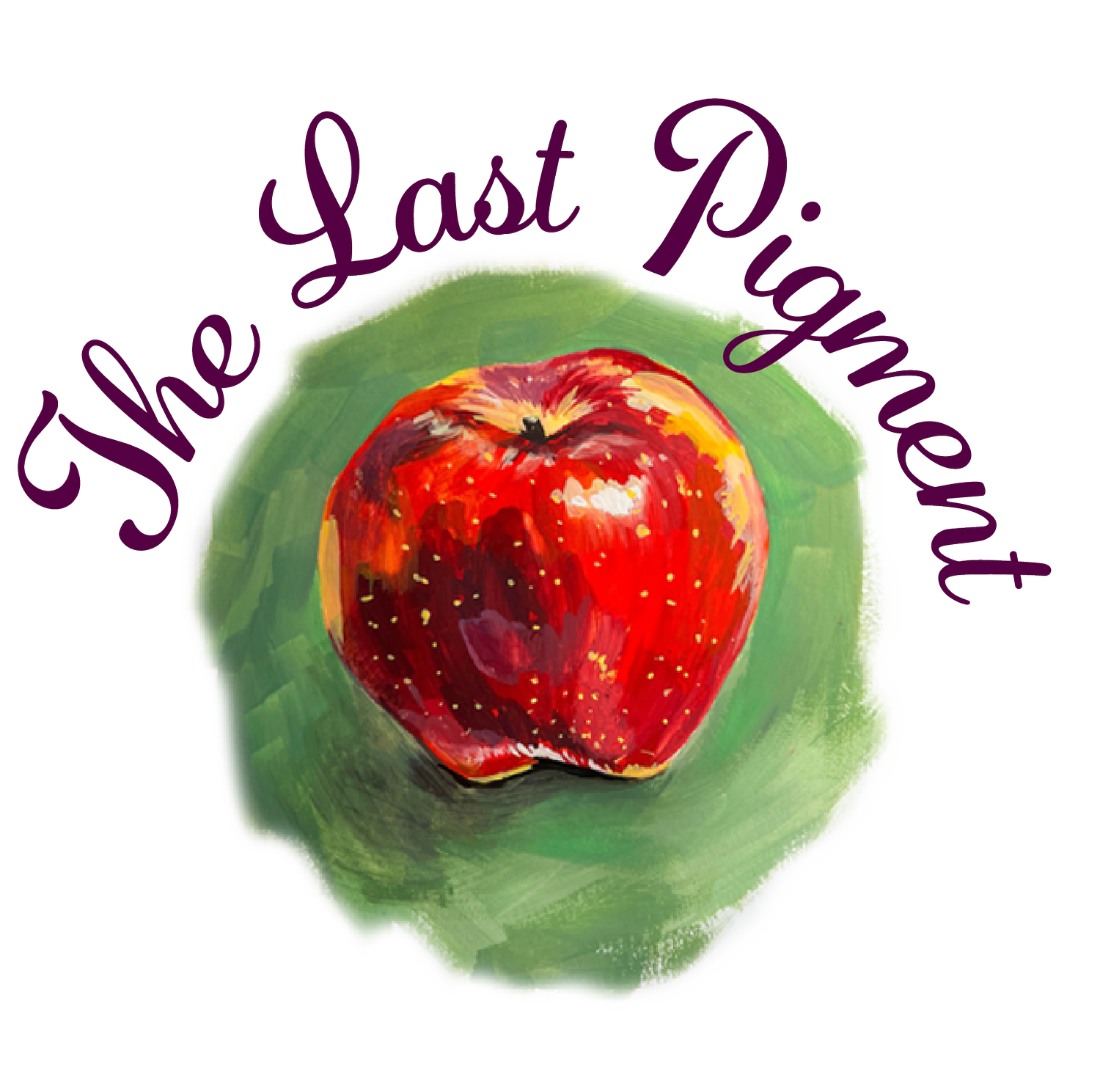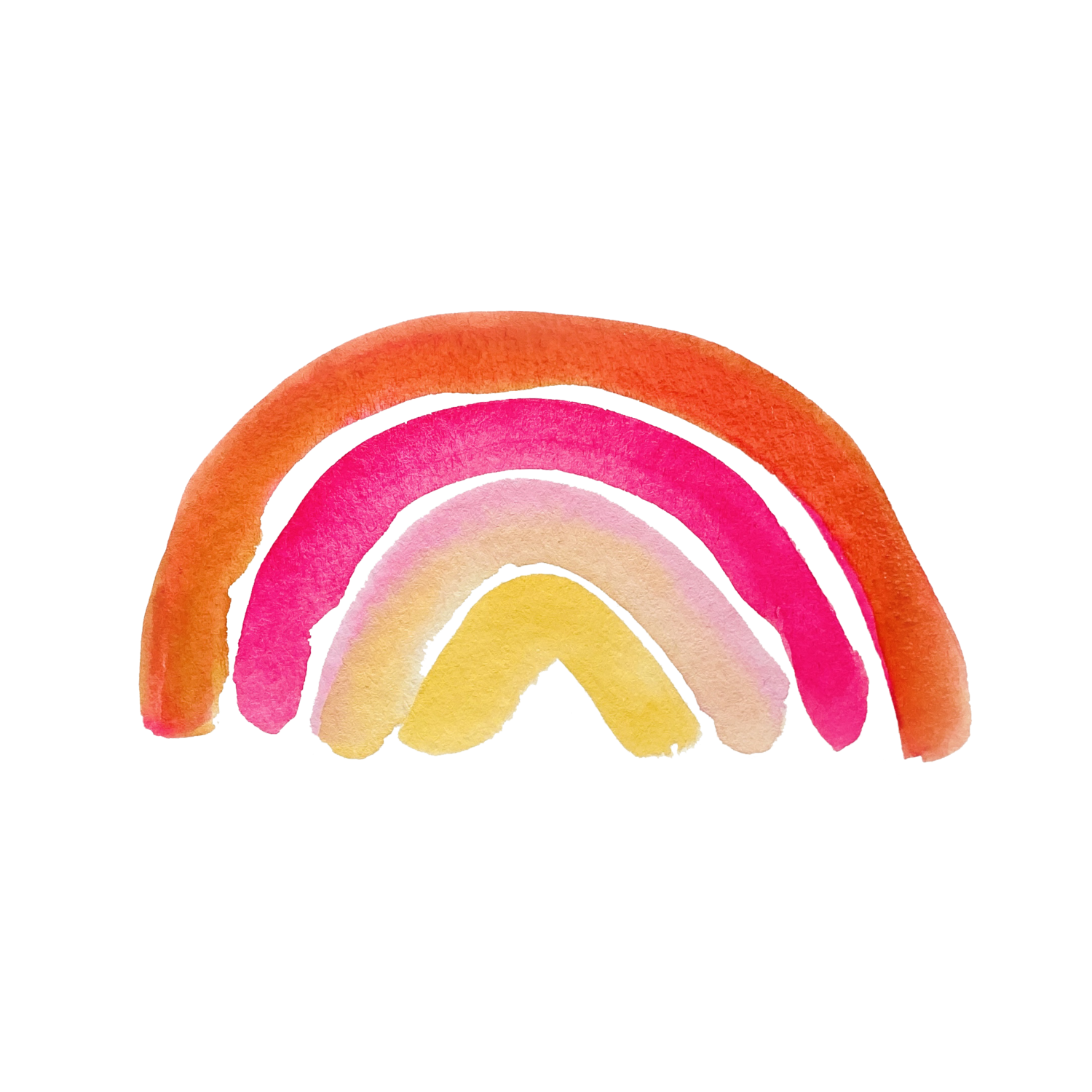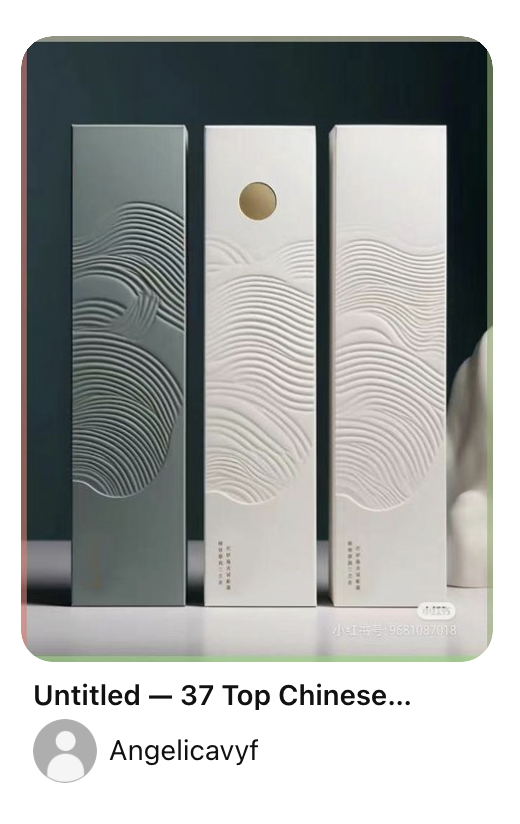Best Packaging Colors for 2025
The Best Packaging Colors for Food Products in 2025
Color plays a crucial role in consumer purchasing decisions, especially in the food industry. In 2025, packaging trends are evolving to reflect changing consumer preferences, sustainability concerns, and digital integration. Selecting the right colors can enhance brand perception, create emotional connections, and influence purchase behavior. Here’s a look at the best packaging colors for food products in 2025 and why they matter.
1. Earthy and Natural Tones
Sustainability continues to drive consumer choices, and packaging that reflects eco-conscious values is in high demand. Earthy tones such as olive green, warm browns, and muted terracotta are becoming increasingly popular for organic and health-focused food brands. These colors evoke a sense of nature, purity, and wholesomeness, reinforcing the idea of minimally processed, environmentally friendly food.
Why It Works:
Appeals to eco-conscious consumers
Suggests natural and organic ingredients
Aligns with the growing trend of sustainability-focused branding
2. Soft Pastels for a Healthier Image
Pastel colors like lavender, soft peach, and mint green are trending in 2025, particularly in the health and wellness sector. The Pantone of the year is PANTONE 17-1230 Mocha Mousse, an earthy brown color.
These hues are often associated with freshness, lightness, and well-being, making them ideal for plant-based, gluten-free, and low-calorie food products.
Why It Works:
Communicates a sense of wellness and lightness
Creates a visually soothing and friendly brand identity
Differentiates products from traditional, bold-colored competitors
3. Bold and Bright for Maximum Shelf Impact
While soft and earthy tones are gaining popularity, bold and vibrant colors remain essential for grabbing consumer attention. Bright reds, electric blues, and energetic yellows are used for snack foods, confectionery, and beverages. These colors stimulate appetite, evoke excitement, and enhance brand recall.
Why It Works:
Attracts impulse buyers
Creates an energetic and fun brand identity
Enhances visibility in crowded retail environments
4. Black and Gold for Premium and Luxury Appeal
For high-end or gourmet food products, black and gold continue to dominate in 2025. These colors are often used for premium chocolates, specialty coffee, and fine dining ingredients. Black signifies sophistication, while gold conveys luxury and exclusivity.
Why It Works:
Appeals to high-end consumers
Enhances perceived value and exclusivity
Works well for limited-edition and specialty items
5. Digital-Friendly Neon Accents
With the rise of e-commerce and social media-driven purchases, packaging that stands out in digital spaces is crucial. Neon pink, electric lime, and cyan accents add a futuristic and tech-savvy edge, making food packaging more appealing in online advertisements and product photography. The trend is also going towards neon gradients. Pinterest shows vibrant colors and gradients in packaging this year.
Why It Works:
Enhances visibility and engagement on the shelf
Appeals to younger, tech-savvy consumers
Creates a modern and innovative brand image
6. Transparent and Minimalist Designs
Although not a color itself, transparency is a growing trend in 2025. Minimalist packaging with clear windows or neutral backgrounds like white and soft grays allows the food itself to be the focal point. This trend is particularly popular in fresh produce, dairy, and ready-to-eat meals.
Why It Works:
Builds consumer trust by showcasing the product
Communicates purity and simplicity
Appeals to health-conscious buyers looking for transparency
Transparency is a metaphor for trust in packaging.
The Power of Packaging Colors in 2025
The best packaging colors for food products in 2025 are heavily influenced by consumer behavior, sustainability, and digital trends. Whether it’s earthy tones for eco-friendly products, pastels for wellness brands, or bold colors for high-energy snacks, selecting the right color palette is key to standing out in the market.
You can use tools like a creative color wheel to pick out original color combinations. Understanding these trends and integrating them into packaging design can help brands build stronger connections with their target audience and drive sales in the ever-evolving food industry.
If you are a design who is new to packaging design, you can follow the packaging design Pinterest board to follow trends. I also recommend learning about colors for each industry. Then you can help clients to make decisions about the direction of their packaging design.
If you enjoyed this article, then head on over to my resources to learn packaging design article.






